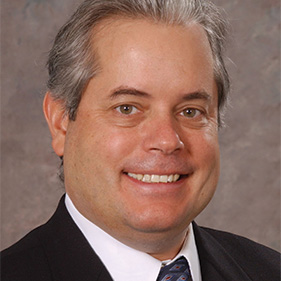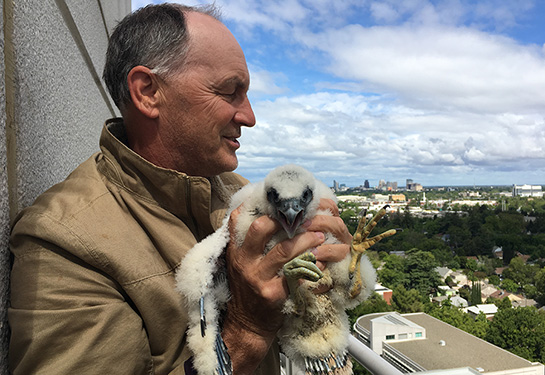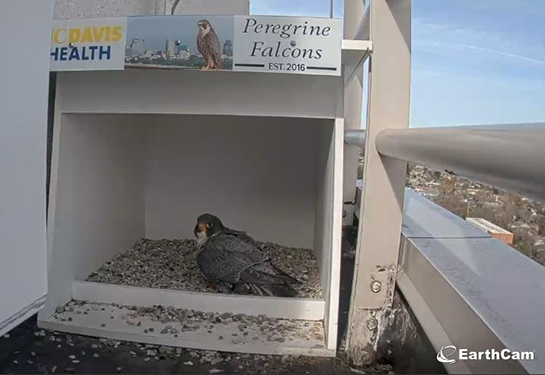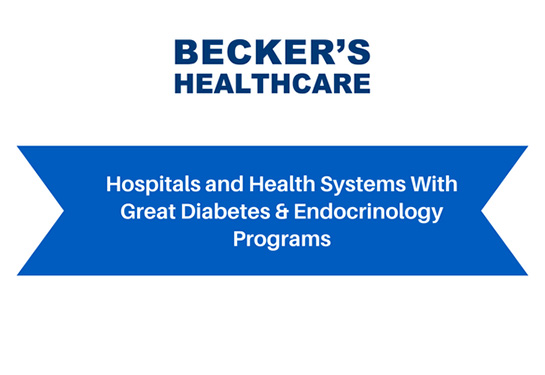Health-care providers for the Sacramento Kings
UC Davis sports medicine program has served NBA team for more than two decades
In a game as fast-paced and dynamic as professional basketball, the demands on the human body can be tremendous.
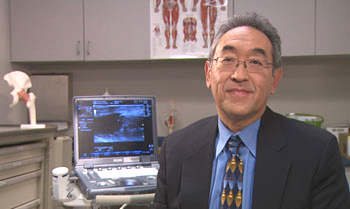
The average NBA player runs several miles per game, mostly in bursts and quick sprints no longer than 20 yards. He jumps dozens of times, often landing forcefully in a crowd.
Add liberal doses of backwards running, direction change and lateral movement — plus elbows and other physical contact — and there’s plenty of potential for injury.
For many years, the Sacramento Kings have trusted UC Davis physicians to counteract the effects of these forces. Sports-medicine and orthopaedic specialists at UC Davis Health System have served as the Kings’ official team doctors for more than two decades, keeping members of the 15-man roster healing and moving through the wear and tear of the long NBA season.
It’s a tall order — at least 82 games of acrobatics, plus countless practices and workouts. And when injuries do occur — as they inevitably do — there’s usually pressure for speedy, yet sustainable recoveries.
To meet the challenge, experts in the UC Davis Sports Medicine program work together to bring to bear the unique resources of the region’s only academic health system: fellowship-level medical expertise, highly advanced technology, and access to the latest clinical trials and treatment approaches.
When they’re not patching up a King, they also make that same major-league expertise available to all UC Davis sports medicine patients — whether scholarship-bound high-school players, serious endurance runners or fullbacks from the over-40 recreational soccer league.
“Everyone wants to come back as fast as possible, no matter what the injury,” says Paul Di Cesare, UC Davis’ Michael W. Chapman Chair of Orthopaedic Surgery. “For the Kings, we have to use the most modern expertise and techniques to speed the recovery process."
“We use those same modalities and treatments for the average athlete and the weekend warrior.”
Explosive athletes, high standard of care
For the Kings, UC Davis physicians provide regular medical care and injury-prevention consultation as well as expert treatment for both acute injuries and chronic problems from overuse.
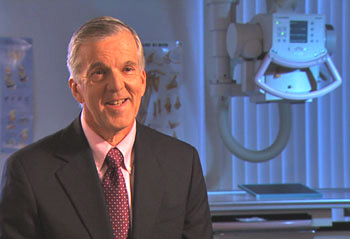
A 2010 study of injuries across 17 NBA seasons found that there are 19 injuries for every 1,000 times an athlete plays in a NBA game. Ankle injuries, knee pain, back problems and arm and hand injuries are common — and with 250-pound players running at full speed, they can be severe.
“In taking care of a professional team you have to extend an extremely high standard of care,” says Di Cesare. “You’re looking at explosive athletes, so you have high-velocity injuries.
“At the same time, their ability to control themselves in space is better — and they are in much better shape than most of us.”
UC Davis specialists have also provided care or consultation for Olympic-level athletes, the national soccer program and UC Davis collegiate teams. The key is an integrated team approach that takes full advantage of nationally respected physicians, state-of-the-art clinics, and a solid history of research and innovation in physical medicine and rehabilitation.
Renowned sports medicine specialists Jeffrey Tanji and David Cosca specialize in treating non-operative musculoskeletal conditions such as strains, sprains, overuse problems and fractures — frustrating injuries that can sideline athletes, but also chronically reduce performance when they do play. Tanji, a past president of the American Medical Society for Sports Medicine, co-directs the UC Davis Sports Medicine program with orthopaedic surgeon Richard Marder.
In addition to highly respected sports medicine surgeons such as Marder and Kirk Lewis, the UC Davis orthopaedics department offers eight other formal subspecialties that can be applied when needed in case of injury or accident. UC Davis is home to the area's largest orthopaedic group, and is ranked among the nation's best hospitals for orthopaedics by U.S. News and World Report.
UC Davis physical medicine and rehabilitation staff work closely with the physicians to carefully manage recovery.
Working together, we can ensure one-stop coverage and the best available care for athletes of all levels.”—Paul Di Cesare, chair of orthopaedic surgery
New approaches and technologies
As part of a large academic medical center, UC Davis sports medicine faculty have ready access to new clinical trials and technologies. For example, unique new musculoskeletal MRI technology adds comfort for injured patients during scans of the arms and legs, without compromising scan power and quality as in other “open” units often used for limb injuries.
Sports medicine and orthopaedic specialists across the health system also contribute to new prevention and treatment approaches through research.
At the Lawrence J. Ellison Musculoskeletal Research Center, UC Davis physicians, surgeons, and basic scientists perform sophisticated, interdisciplinary research into the prevention and care of crippling and painful musculoskeletal disorders. Oracle Corp. CEO Larry Ellison donated $5 million to help develop the center after UC Davis orthopaedic surgeon Michael Chapman successfully reconstructed his elbow following a bicycle accident.
And at the UC Davis Human Performance Laboratory in Davis, biomechanics researchers examine ways that basketball players and other athletes can jump differently to reduce ligament-damaging shear forces on their knee joints.
“This is a highly integrated, interdisciplinary program,” Di Cesare says. “Working together, we can ensure one-stop coverage and the best available care for athletes of all levels.”

